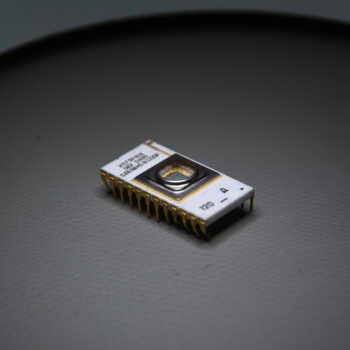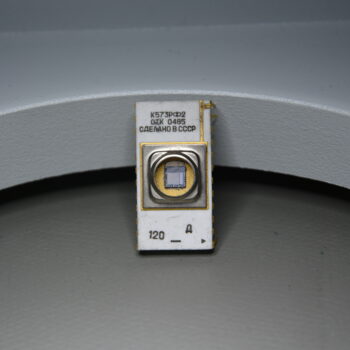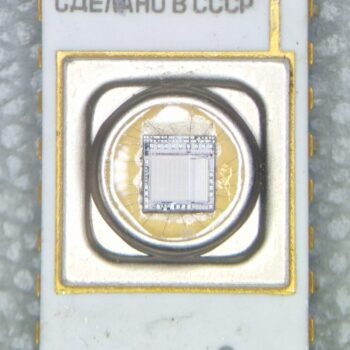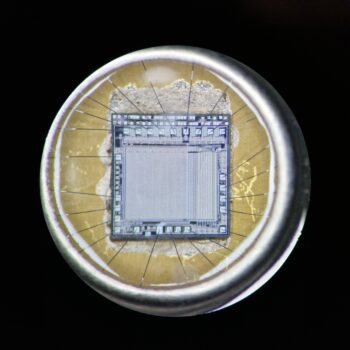I have been very busy during the past 3 months. I’ve prepared some blog posts but had no time or motivation to finish and publish them. Usually my blog posts have several hundreds or thousands of words with images which can be very time consuming when compared to microblogging services such as Twitter/X or Instagram and Mastodon. I’ll try to keep it brief this time 🙂
The recent dumpster diving dropped off few pieces of Soviet technology: a type K573RF2 EPROM. In original Cyrillic script it’s written as Κ573ΡΦ2 confused as K573PO2 or K573P02.
Erasable Programmable Read-Only Memory (EPROM) retain data even after the power has been switched off. There is an interesting Wikipedia article on EPROMs which I’d like to refer to. EPROMs were used during the microcomputer era of 1970s and 1980s as non-volatile memory and have been replaced by modern memory types such as EEPROMs and Flash Memory. This particular integrated circuit (IC) from Soviet era is probably a clone of a 2716-type of EPROM which has been manufactured by Intel during the 1970s. The date code of this particular unit suggest a manufacturing date either in week or month 04 of the year 1985.
I tried to get a good shot of the integrated circuit which can be seen through the quartz window. Unfortunately, I don’t have a suitable microscope with the necessary magnification optics to resolve more details. EPROMs have a distinct fused quartz window which permits to shine ultraviolet light (UV) on the silicon chip. UV light exposure erases the programmed memory cells which can be re-programmed again. Well, can’t say much about it. You can see the bonding wires and the arrangement of the memory cells. One could trace the bonding wires to the pin out and reverse engineer it. The packaging is probably made of alumina and with gold plated pins – this may indicate a military version of this IC?
I’ve found a datasheet for K573RF2 (K573P2-2716) and tried to translate it K573P2-2716_en via Google Translate. Have fun!
vy 73, DH7DN





